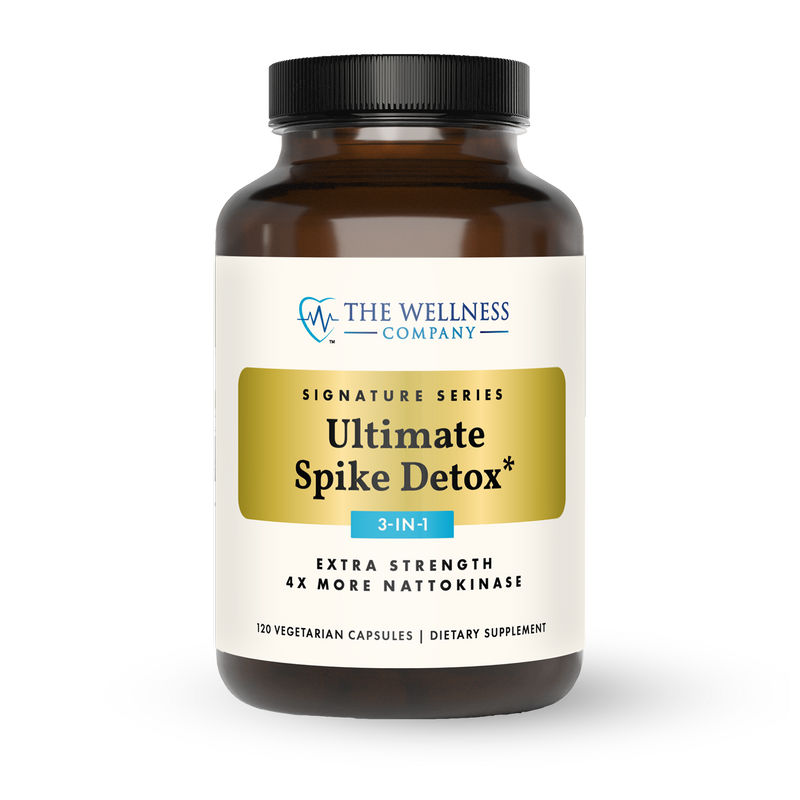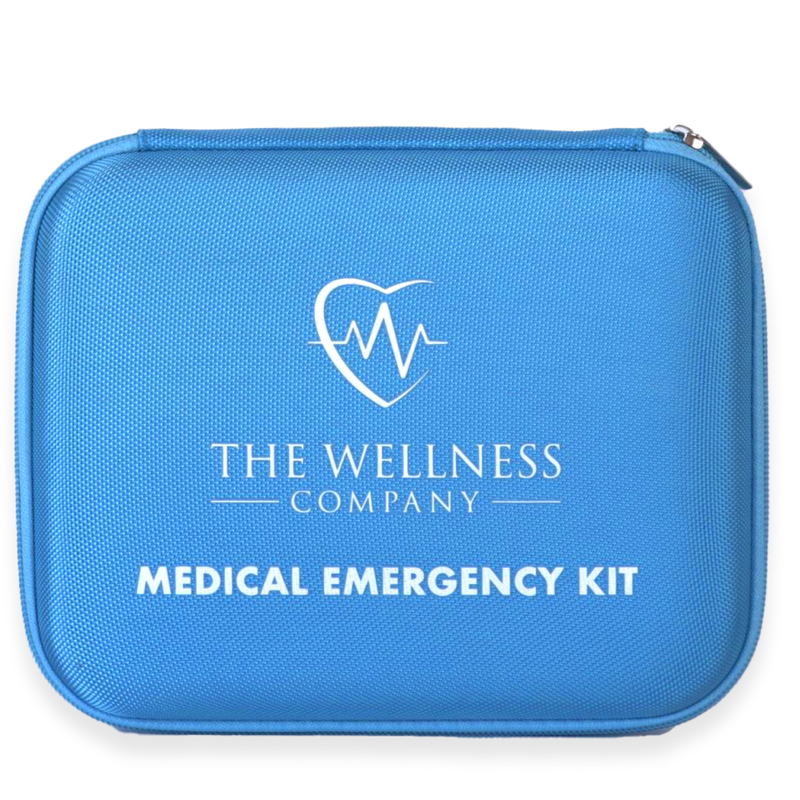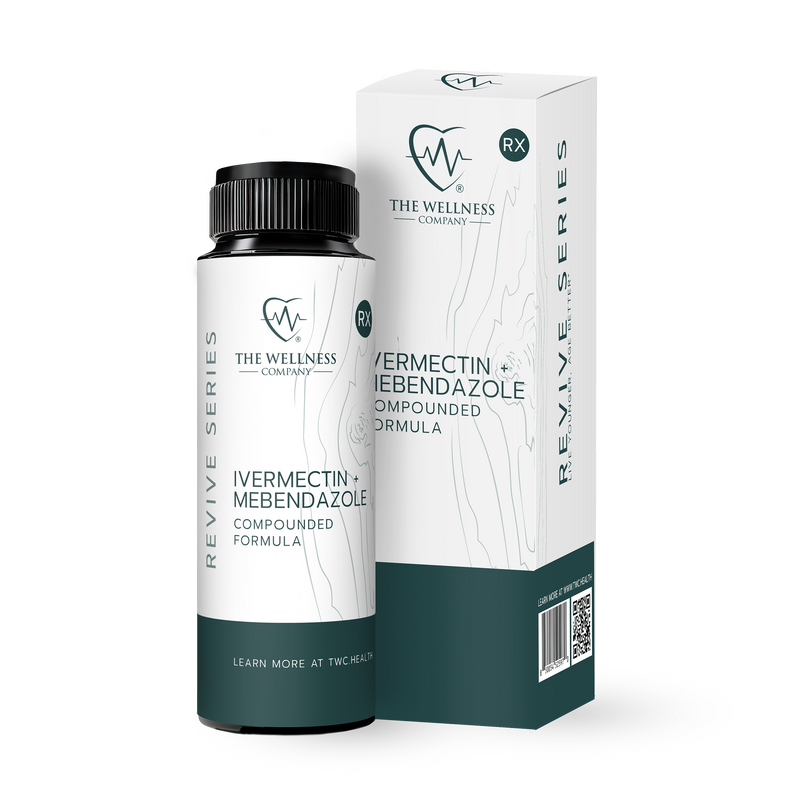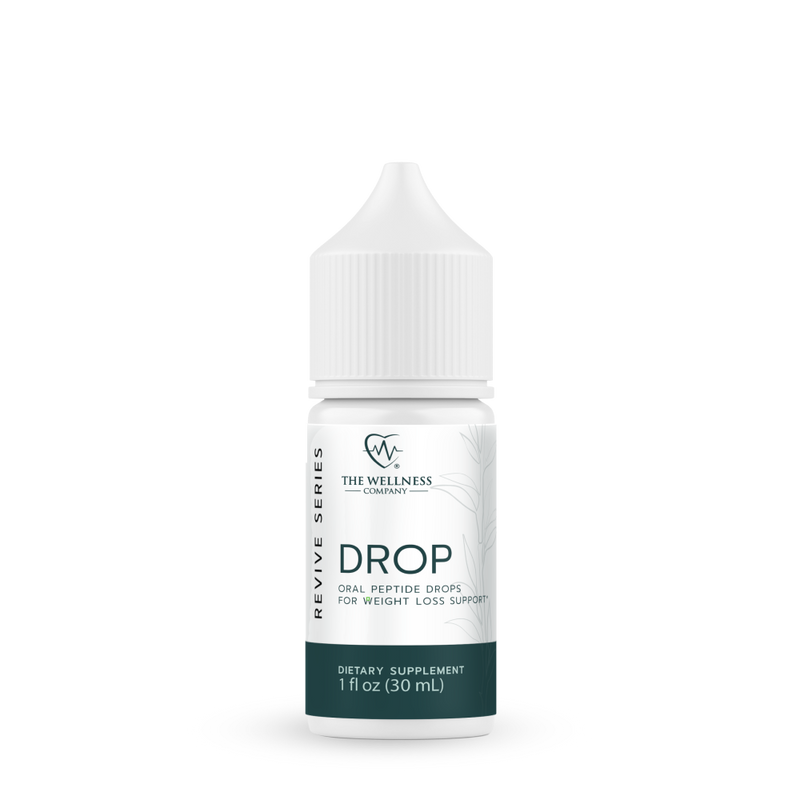Sweating It Out: The Science Behind the Surprising Health Benefits of Sauna Use
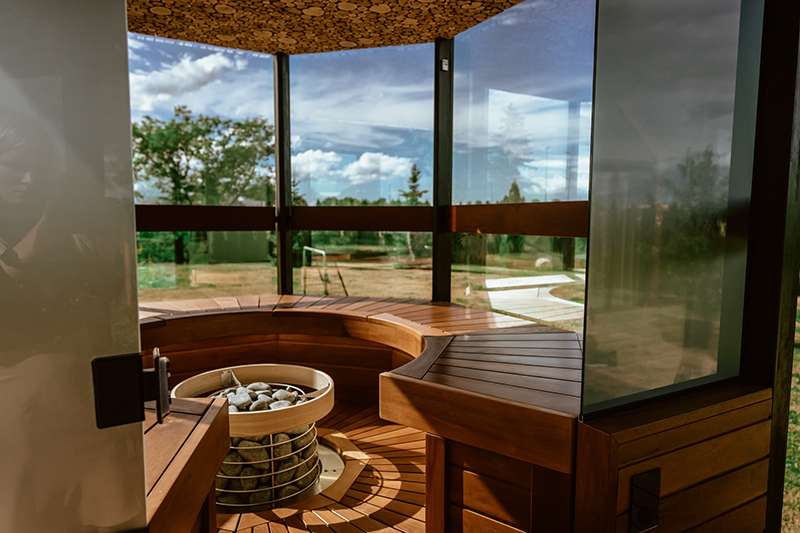
Sauna use has soared into mainstream popularity in recent years, largely thanks to wellness influencers like Joe Rogan and Rhonda Patrick singing its praises. These high-profile individuals have been spreading the word about the health benefits of sauna use for good reason; a mounting body of evidence suggests that this time-tested practice has remarkably positive effects on heart health, brain health, and overall longevity. In this article, we will delve into the history of sauna use, explore the health benefits that it offers, and provide science-based tips on how to safely incorporate sauna use into your wellness lifestyle.
History of Sauna Use
Sauna use has a long and storied history, its roots stretching back thousands of years. From Indigenous peoples in North America using sweat lodges as part of spiritual cleansing ceremonies [1] to ancient Roman cities building elaborate bathhouses as a hub for bathing, reading, and socializing, sauna use has permeated cultures on every continent throughout history.
Nowhere, however, are saunas such an integral part of the culture than in Finland, where they not only served as a historical gathering place for socialization and relaxation, but are still found in almost every family home.
In modern times, saunas have infiltrated mainstream wellness culture in North America, being offered as an amenity at almost every gym, recreation center and spa.
Whenever a wellness practice is adopted cross-culturally, it’s worth asking why. Is the sauna just a feel-good practice to help us relax and de-stress? Or does it have real impacts on our physiology and well-being?
Finnish Research on Longevity and Heart Health
The most impressive research regarding sauna use predictably comes out of Finland, where scientists who began studying the practice in the 1980s have now identified a powerful association between high frequency sauna use, longevity, and cardiovascular health. The most famous study, performed by Dr. Jari Laukkanen’s lab [2], followed 2315 middle-aged people for 20 years and found that those who used the sauna 2-3 times per week were 27% less likely to die of cardiovascular disease compared to those who didn’t use the sauna at all.
Dose-Dependent Effects
Intriguingly, the benefits didn’t level out there; people who used the sauna even more often got an even greater benefit. Using the sauna 4-7 times per week was associated with a whopping 50% lower likelihood of death due to cardiovascular disease and 40% reduced all-cause mortality. While it’s tempting to chalk these results up to correlation, the researchers carefully accounted for potentially confounding variables such as age, activity levels, relationship status, smoking status and alcohol consumption, which might have influenced outcomes.
Sauna Use Staves Off Dementia
When it comes to brain health, the research is no less impressive. Investigators from the same lab in Finland followed over 2000 middle-aged folks, recorded their sauna use over decades, and tracked their incidence of dementia and Alzheimer’s disease over time. As with cardiovascular disease, they found a powerful inverse association between sauna use and cognitive decline: those who used the sauna 4-7 times per week had a staggering 65% lower risk of developing Alzheimer’s disease than those who used the sauna only once per week [3].
What Explains These Effects?
Cardiovascular Mechanisms
How could sitting in a hot room induce such astonishing changes in health outcomes? Consider what happens to your cardiovascular system when you're exposed to prolonged heat. The most obvious changes are to your heart rate and blood pressure, which both transiently increase. From a heart health standpoint, a long sauna session closely resembles a bout of moderate to high intensity exercise, often producing heart rate increases of up to 100 to 150 beats per minute. Over time, this can decrease blood pressure and increase the elasticity of blood vessels [4], which might protect against cardiovascular events like heart attacks. While this research has clinical relevance for just about anyone, it has particularly profound implications for people with physical disabilities who are unable to engage in much physical activity and are at an increased risk of heart disease as a consequence. For these folks, the sauna might represent a way to reap many of the benefits of exercise that they otherwise would be unable to attain.
Reduced Inflammation
From an immunological standpoint, it appears that sauna use reduces blood markers associated with systemic inflammation such as C reactive protein. Research has linked high levels of systemic inflammation with increased risk of cardiovascular events [5].
Heat Shock Proteins
Research shows that sauna use increases the proliferation of molecules called heat-shock proteins, which play a key role in mitigating harmful processes such as muscle atrophy and protein misfolding [6]. Aggregation of misfolded, toxic proteins is a central feature of neurodegenerative diseases such as Alzheimer’s Disease and Parkinson’s Disease [7]. Mechanistically, this may explain why sauna use has been found to be so protective against cognitive decline.
Evidence-Based Sauna Protocol
Frequency: How often should I use the sauna?
The simple answer based on current research is the more, the better. In the research that has tracked cardiovascular and neurological health as primary outcomes, seven times per week outperforms four times per week, which outperforms two times per week, which outperforms nothing. This question likely comes down to logistics and time more than anything. If you can get into a sauna daily, fantastic. If you can only make it in once per week, that will still offer some benefit.
Duration: How long should I stay in the sauna?
This seems to be just as critical a parameter as frequency for getting the best outcomes. Research has shown that those who used the sauna for more than 19 minutes had a 52% lower risk of sudden cardiac death than those who used it for less than 11 minutes [2]. Assuming your sauna is sufficiently hot, 20 minutes seems to be enough time to reap the maximal benefits.
Temperature: How hot should the sauna be?
To mimic the studies which found benefits on heart health, brain health, and longevity, it is generally recommended to work up to a temperature of 170-200 degrees Fahrenheit. One of the drawbacks of infrared saunas, which are popular in North America (and a lot cheaper than traditional saunas), is that they typically only get as hot as 140 degrees Fahrenheit. While there are likely some benefits to lower temperatures, we don’t have the research to say for sure. If your sauna doesn’t have a temperature gauge, a good rule of thumb is that the heat should be uncomfortable, but tolerable.
What About Hot Baths?
The reality is that most of us, of course, don’t have easy access to a sauna. How can you get the benefits of heat exposure if that’s the case? The best alternative is probably a hot bath, which has been shown to induce many of the same physiological changes seen in the sauna research (improved endothelial function, blood pressure, and arterial stiffness [8]). The common denominator is prolonged heat exposure elevating your core body temperature. The body doesn’t care how you do it.
Disclaimer
Please note that if you are unsure whether sauna use is safe for you, it is strongly recommended to consult with a healthcare professional before starting. If you are a pregnant woman, or have a heart condition, saunas are generally not recommended.
It is also important to note that it can take time to adapt to the heat. There’s no shame in starting with short, moderate temperature sessions and gradually increasing the length of time as your body becomes accustomed to the heat. It is also important to stay hydrated and to listen to your body, taking breaks if necessary.
Video: listen to Dr. Jari Laukkanen discussing the results of his ground-breaking research:
References
[1] Schiff, J. W., & Moore, K. (2006). The impact of the sweat lodge ceremony on dimensions of well-being. American Indian and Alaska Native Mental Health Research: The Journal of the National Center, 13(3), 48-69.
[2] Laukkanen, T., Khan, H., Zaccardi, F., & Laukkanen, J. A. (2015). Association between sauna bathing and fatal cardiovascular and all-cause mortality events. JAMA internal medicine, 175(4), 542-548.
[3] Laukkanen, T., Kunutsor, S., Kauhanen, J., & Laukkanen, J. A. (2017). Sauna bathing is inversely associated with dementia and Alzheimer's disease in middle-aged Finnish men. Age and Ageing, 46(2), 245-249.
[4] Lee, E., Laukkanen, T., Kunutsor, S. K., Khan, H., Willeit, P., Zaccardi, F., & Laukkanen, J. A. (2018). Sauna exposure leads to improved arterial compliance: findings from a non-randomised experimental study. European journal of preventive cardiology, 25(2), 130-138.
[5] Laukkanen, J. A., & Laukkanen, T. (2018). Sauna bathing and systemic inflammation. European Journal of Epidemiology, 33(3), 351-353.
[6] Patrick, R. P., & Johnson, T. L. (2021). Sauna use as a lifestyle practice to extend healthspan. Experimental Gerontology, 154, 111509.
[7] Dukay, B., Csoboz, B., & Tóth, M. E. (2019). Heat-shock proteins in neuroinflammation. Frontiers in pharmacology, 10, 920.
[8] Brunt, V. E., Howard, M. J., Francisco, M. A., Ely, B. R., & Minson, C. T. (2016). Passive heat therapy improves endothelial function, arterial stiffness and blood pressure in sedentary humans. The Journal of physiology, 594(18), 5329-5342.






